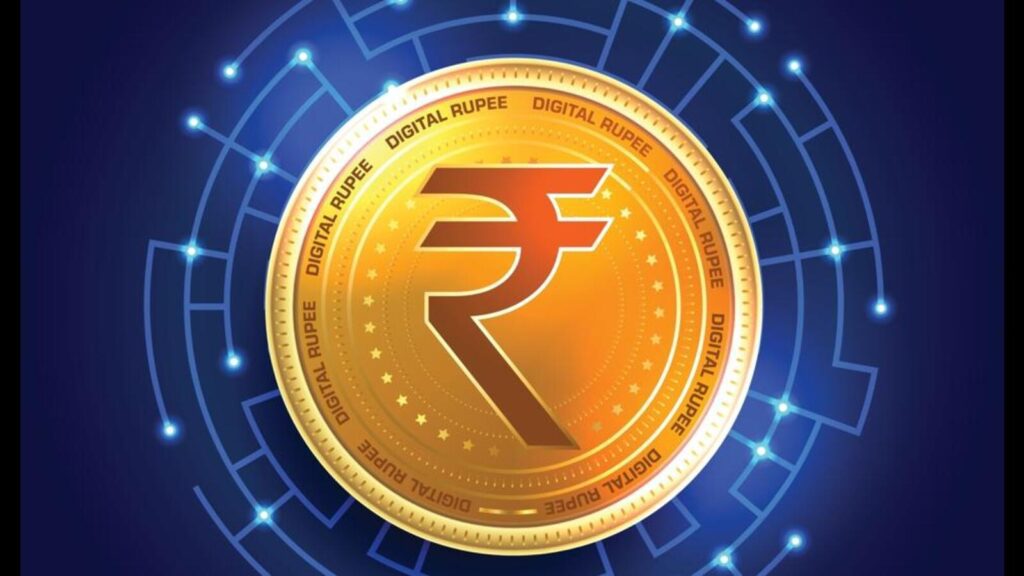Now Reading: Web3 Gaming Tokens: The New Digital Craze Among Tier-2 City Youth
-
01
Web3 Gaming Tokens: The New Digital Craze Among Tier-2 City Youth
Web3 Gaming Tokens: The New Digital Craze Among Tier-2 City Youth

Web3 gaming tokens are fast becoming the new digital trend among young people across India’s Tier-2 cities. From Nashik to Nagpur, Indore to Jaipur, youth are exploring a new mix of gaming and crypto that promises rewards, digital ownership, and community fame. It’s not just about playing anymore; it’s about earning, trading, and being part of a fast-changing online economy.
The rise of blockchain-based gaming has changed how players see value. In traditional games, users only play for fun, but in Web3 gaming, every move can translate into token rewards or in-game assets that have real-world worth. Tokens like AXS, GALA, and India’s own smaller projects are gaining attention on Telegram and Discord groups where gamers share tips, updates, and earnings.
For many young people in Tier-2 cities, Web3 games are not just entertainment—they’re entry points into the crypto world. With limited investment options and growing smartphone access, the idea of “play-to-earn” feels both exciting and achievable. Players can buy small amounts of tokens, participate in tournaments, or stake their assets for extra rewards. The sense of participation and ownership is what keeps them hooked.
However, this sudden boom also brings concerns. Many games overpromise and underdeliver, while some projects collapse once initial hype fades. The volatility of gaming tokens means one good week can be followed by heavy losses. And while youngsters are quick to explore, very few fully understand blockchain risks or security basics like wallet safety.
Parents and educators in smaller towns are starting to notice how digital gaming is shifting from a leisure activity to a semi-economic pursuit. It’s creating new aspirations—young players now talk about crypto returns and NFT collectibles as casually as they once spoke about cricket scores. This cultural shift, though still early, shows how digital finance is merging with entertainment in ways unique to India’s younger generation.
Experts say the trend could lead to both innovation and caution. If awareness and literacy grow along with regulation, India’s youth could help shape a strong Web3 ecosystem that blends gaming creativity with responsible investing. But without education, the same enthusiasm could turn into financial missteps and fraud exposure.
In the end, Web3 gaming tokens have become a mirror of India’s digital ambition—youth-driven, fast-moving, and full of potential, but still finding its balance between thrill and stability. The next few years will reveal whether this is a passing craze or the start of a lasting digital movement.

























